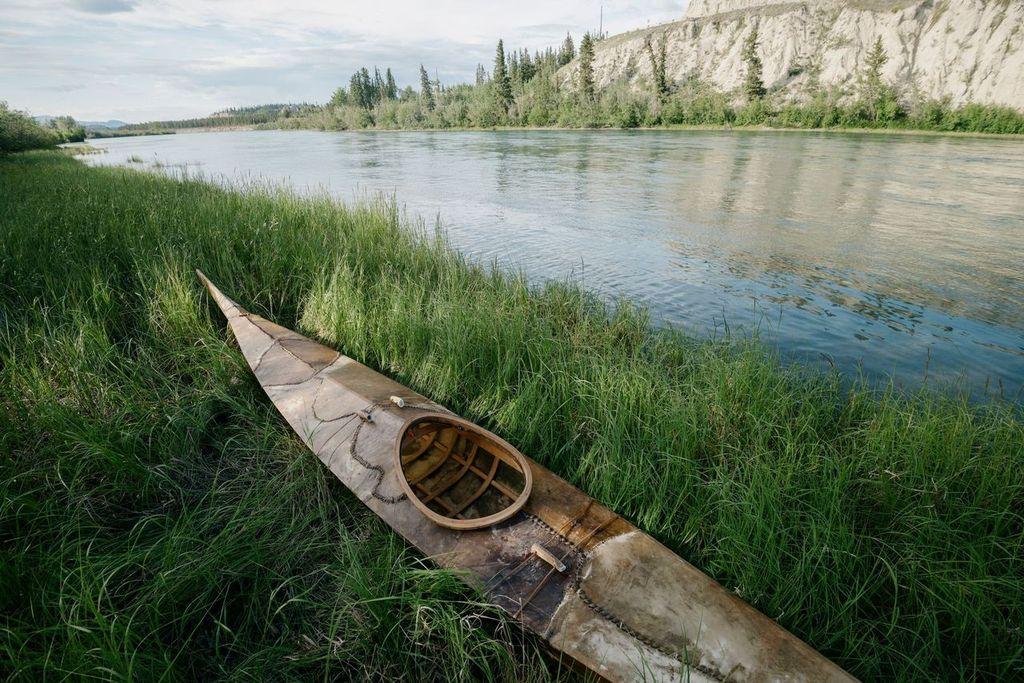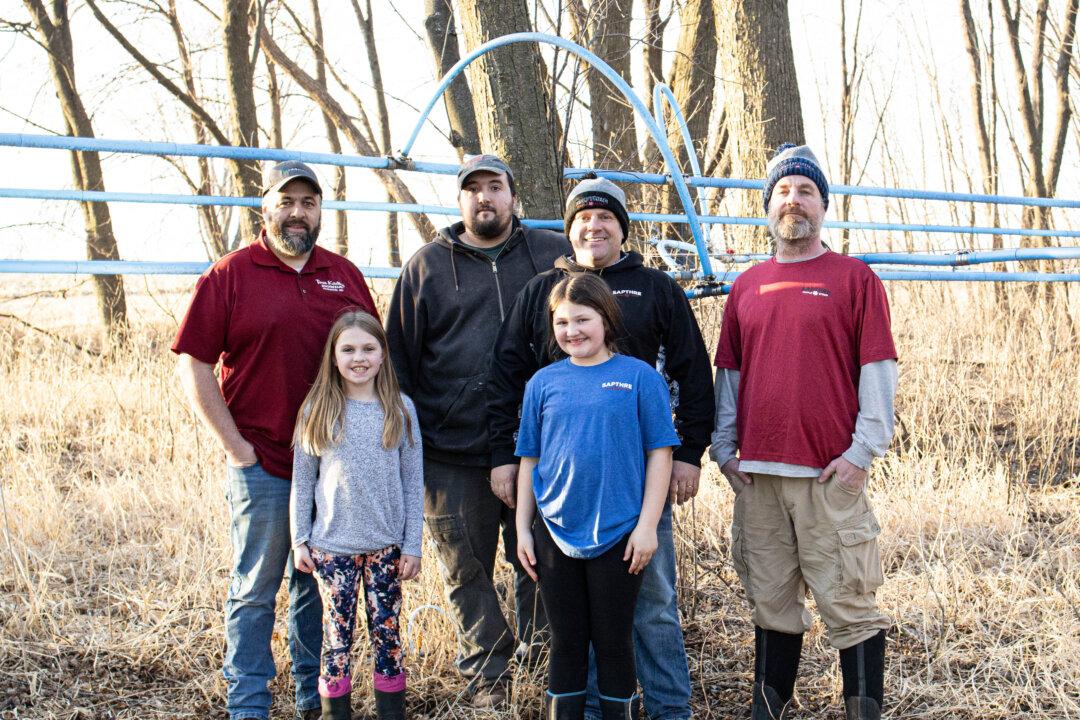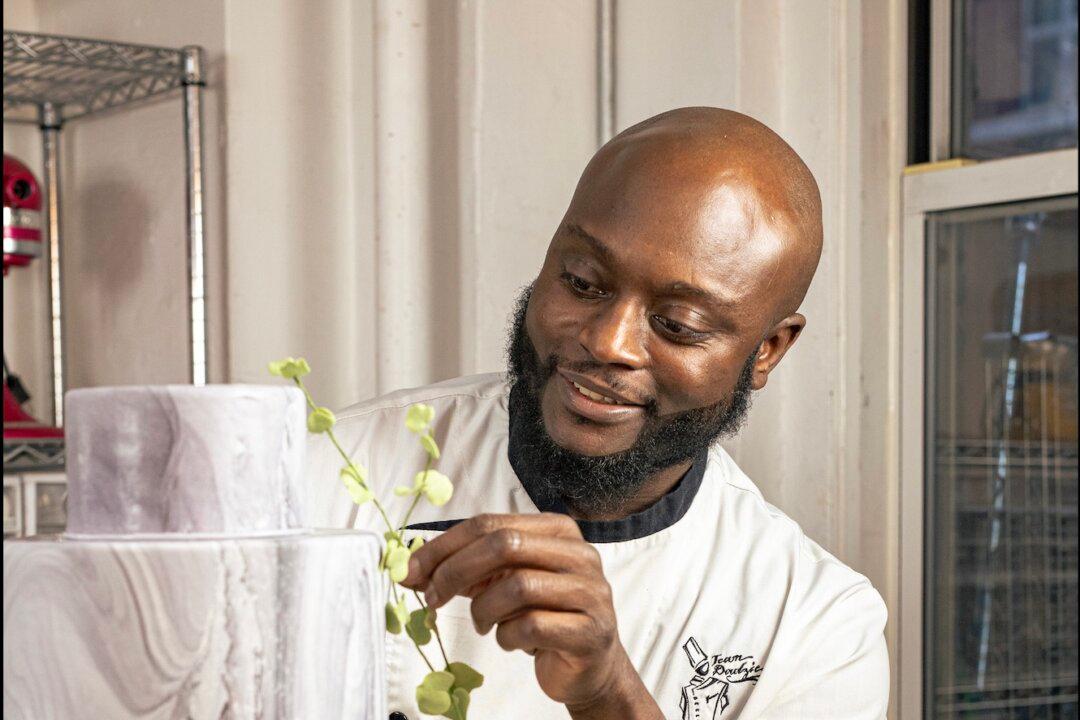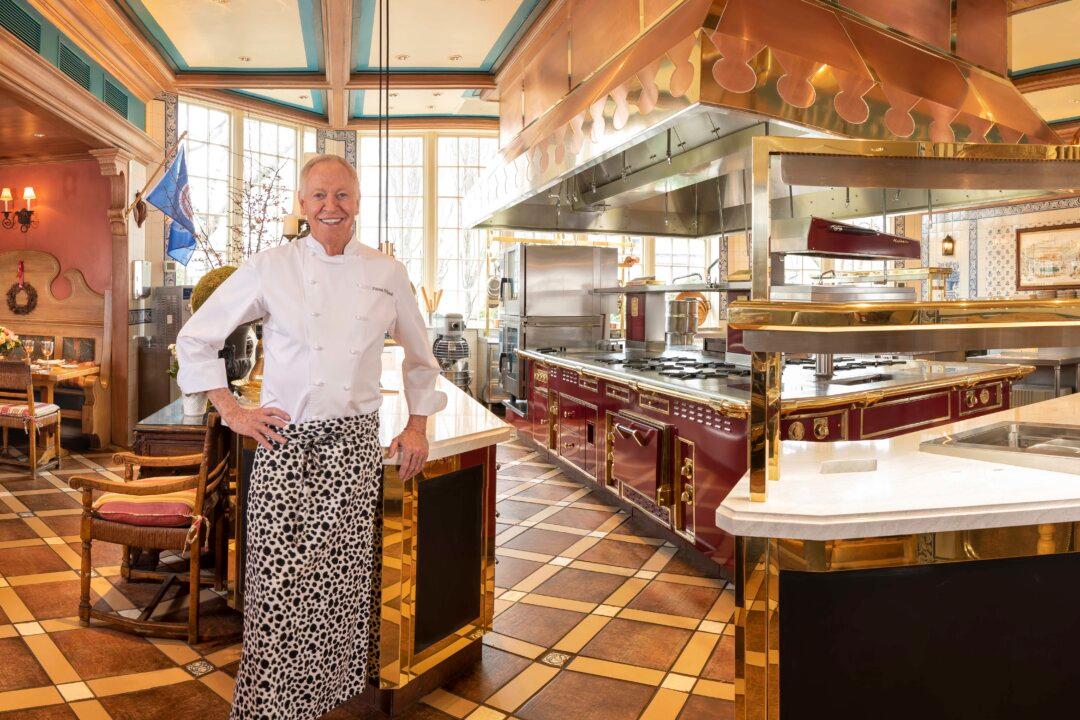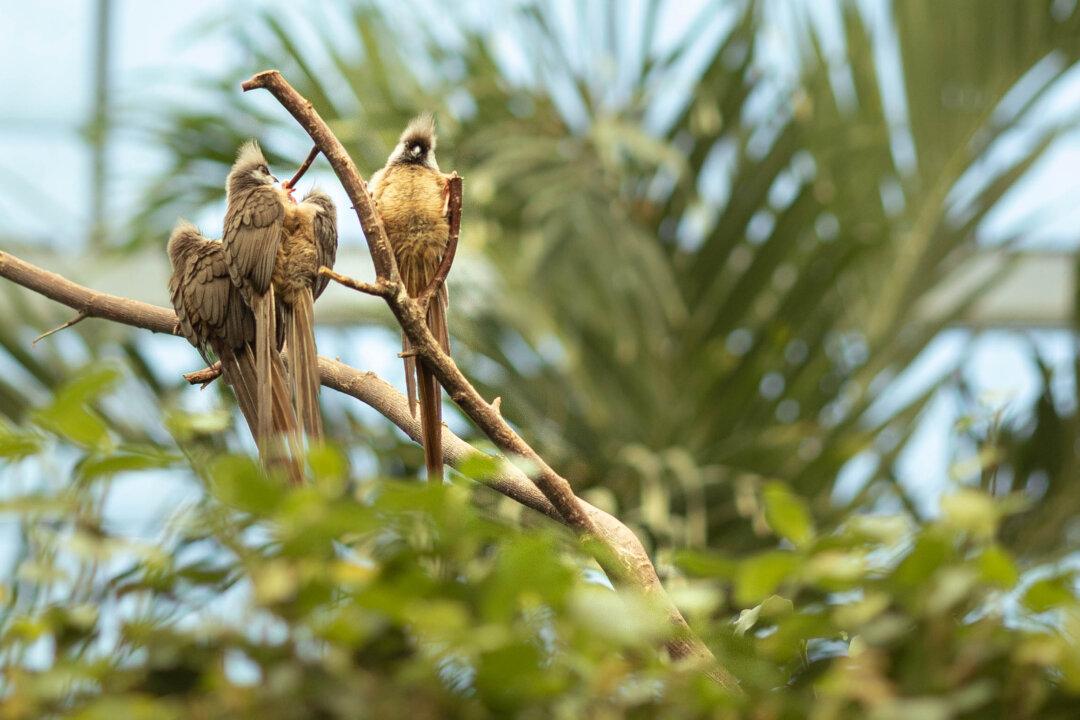“If you hunt something, how can you love it? How can you both love an animal and hunt it?”
These words of National Geographic photographer and indigenous kayak craftsman Kiliii Yuyan reverberated in my mind as I floated down the Cedar River in Iowa on my last kayak trip of the year. It was early, just after 7 a.m., and dense mist hovered above the water, reluctant to let dawn give in to day. By this morning in late October, the wind that rattled near-naked tree limbs was brisk. Just a few months ago, I made this same exact float with thighs burning under the sun, but now, at the threshold of winter, I huddled in my trusty North Face fleece and let the steam wafting from my open coffee thermos warm my poor, red nose.

